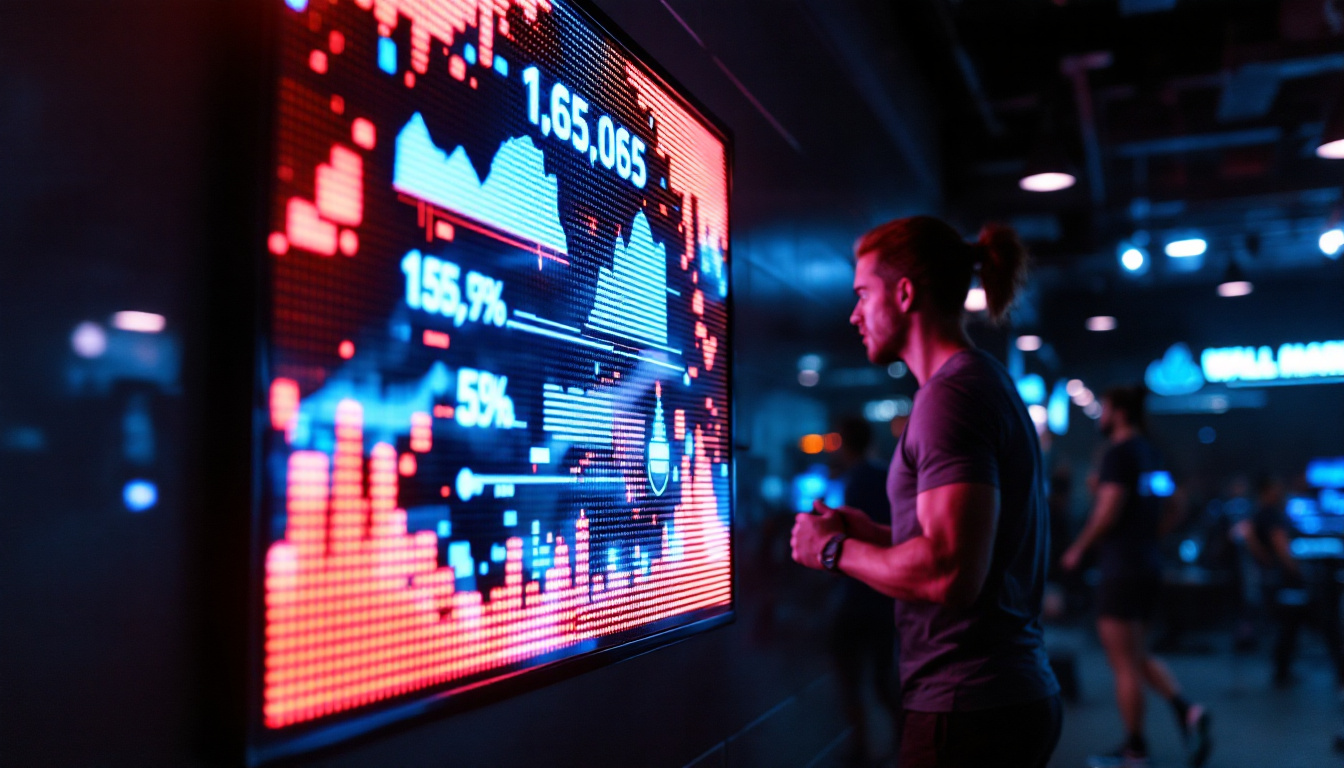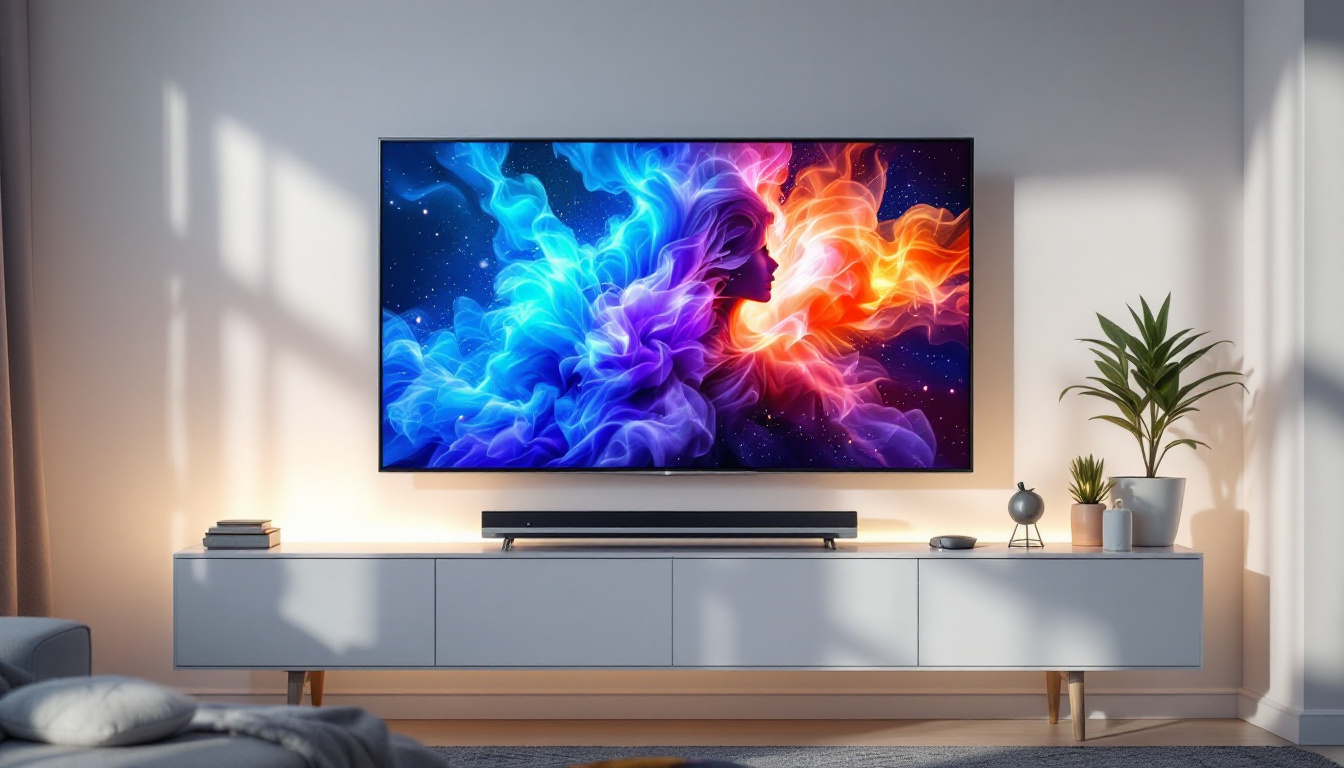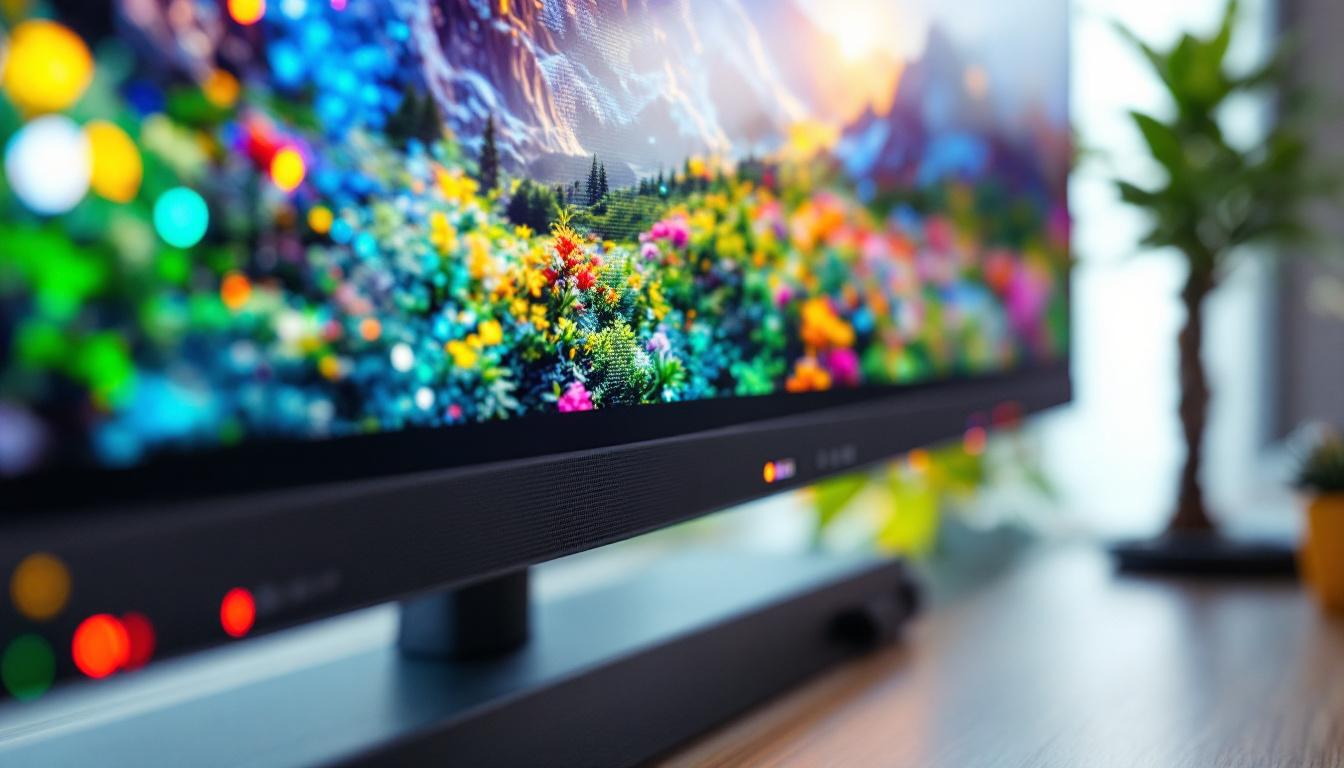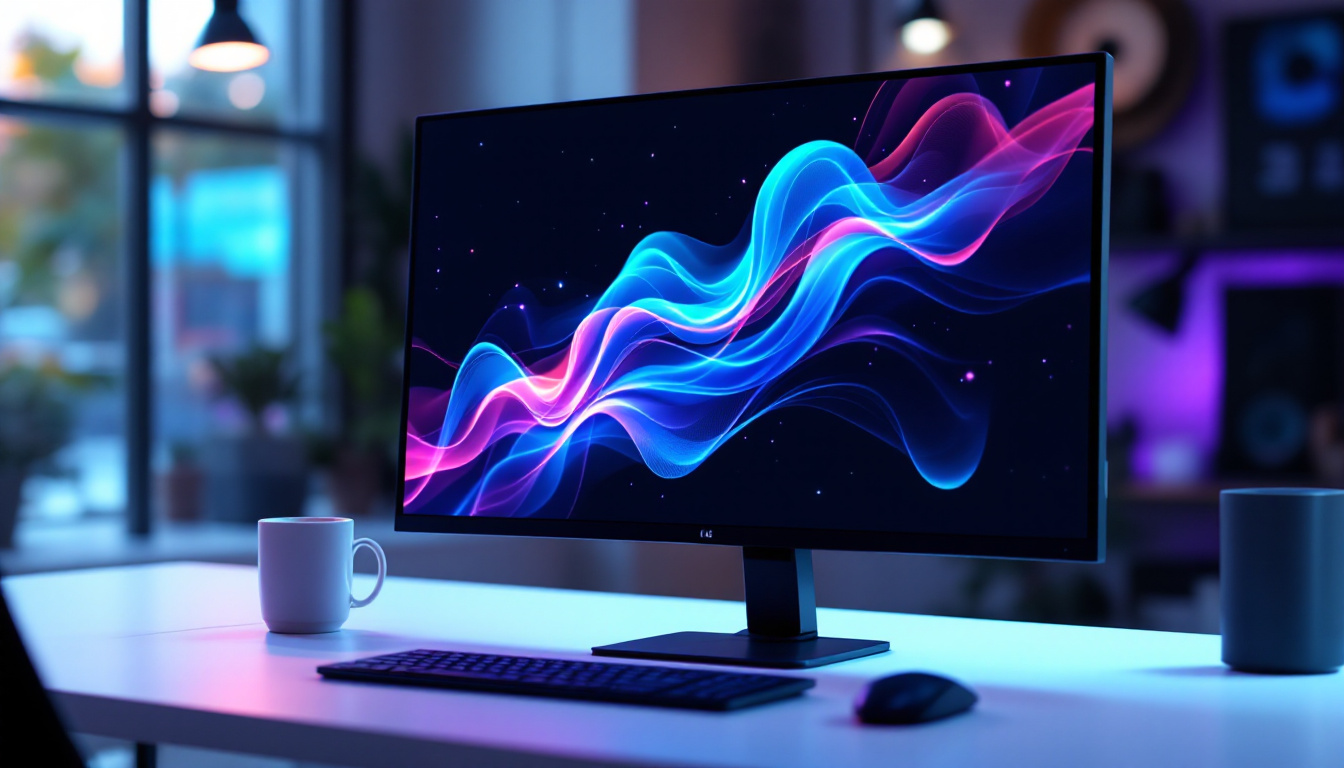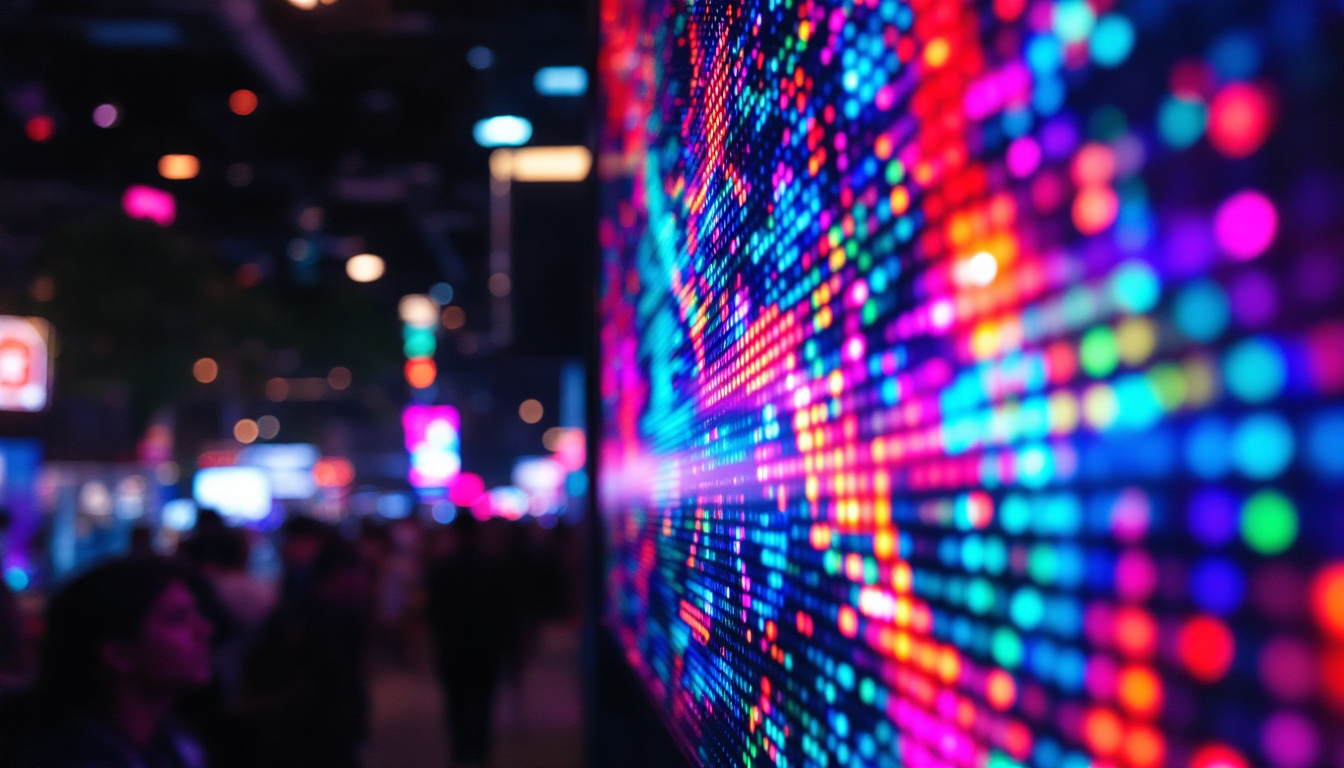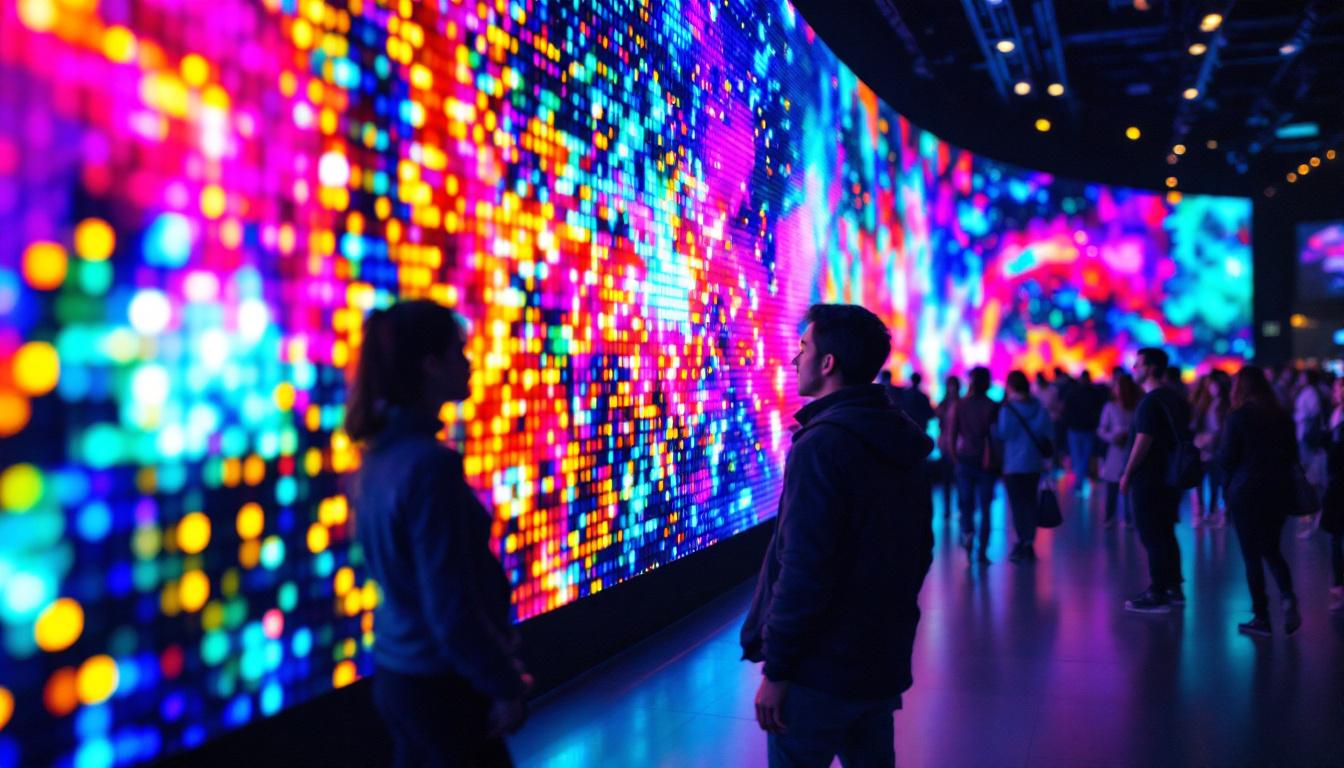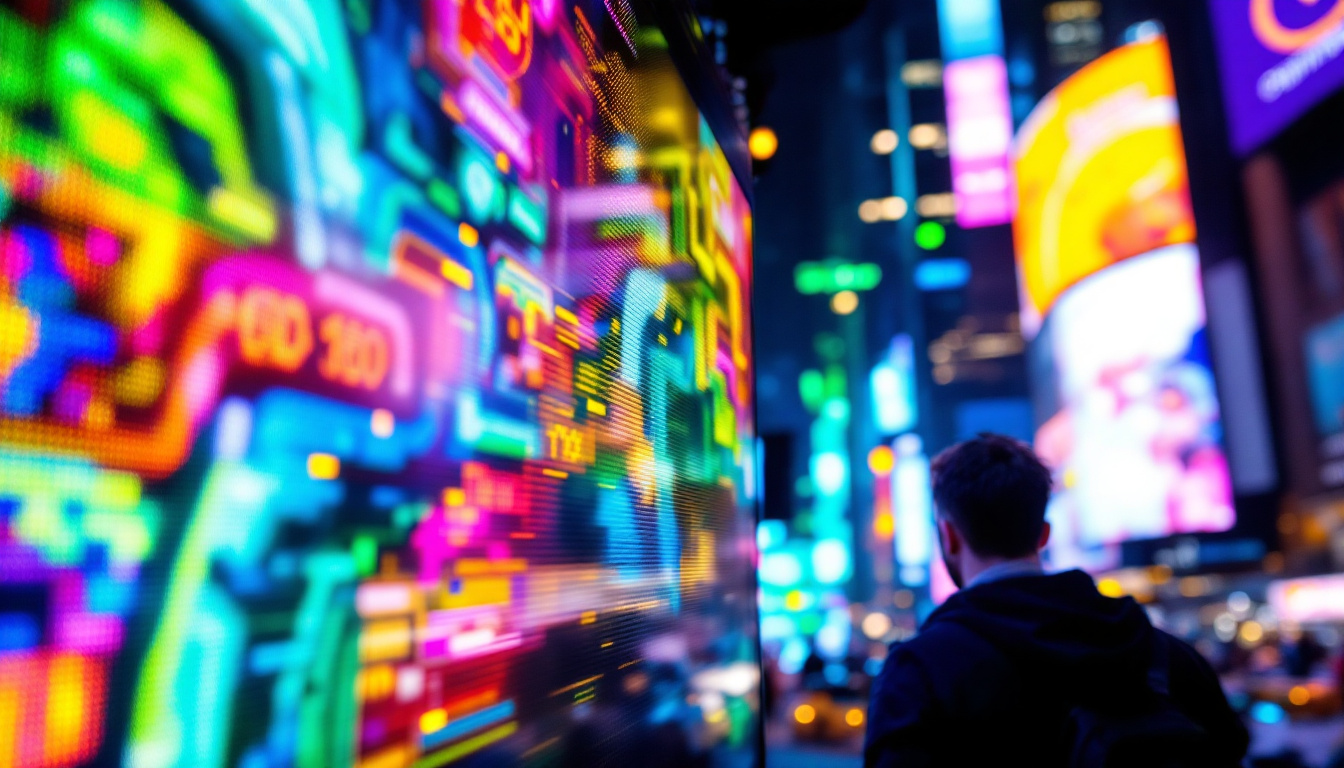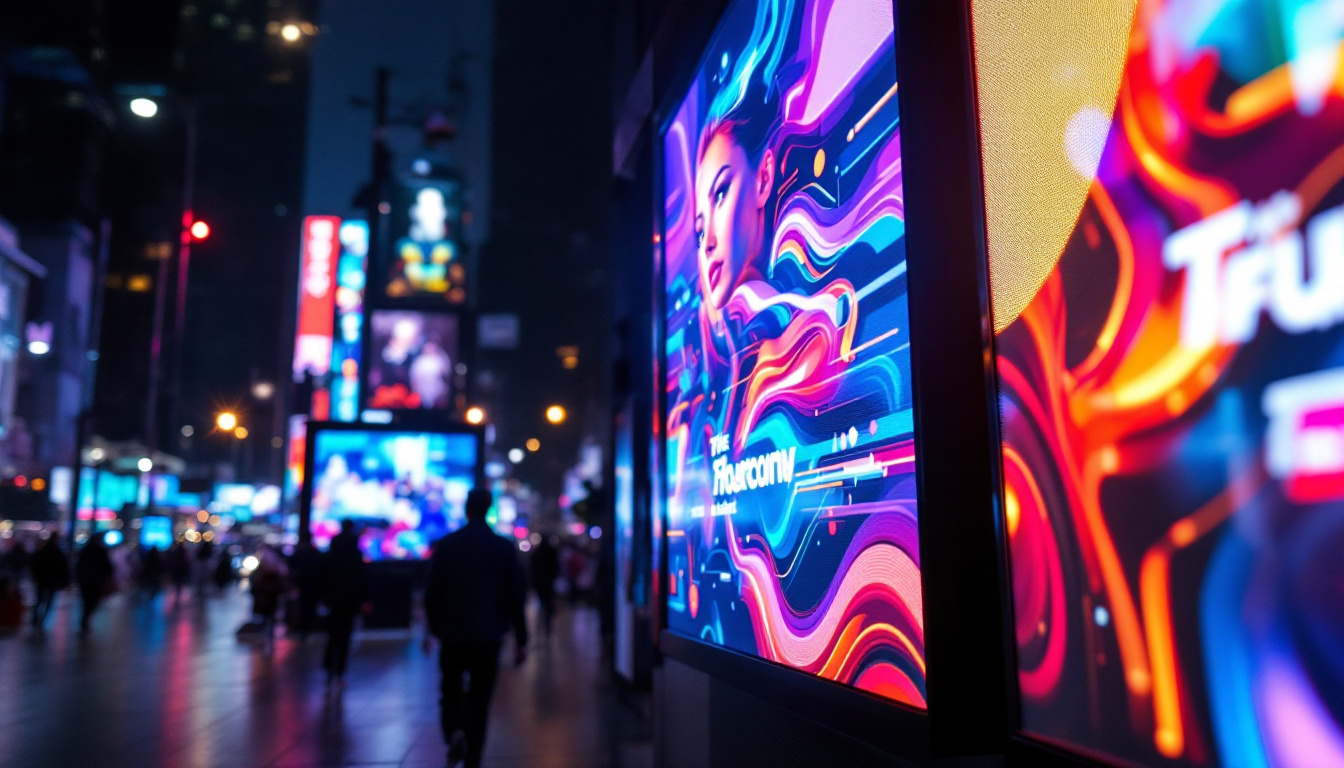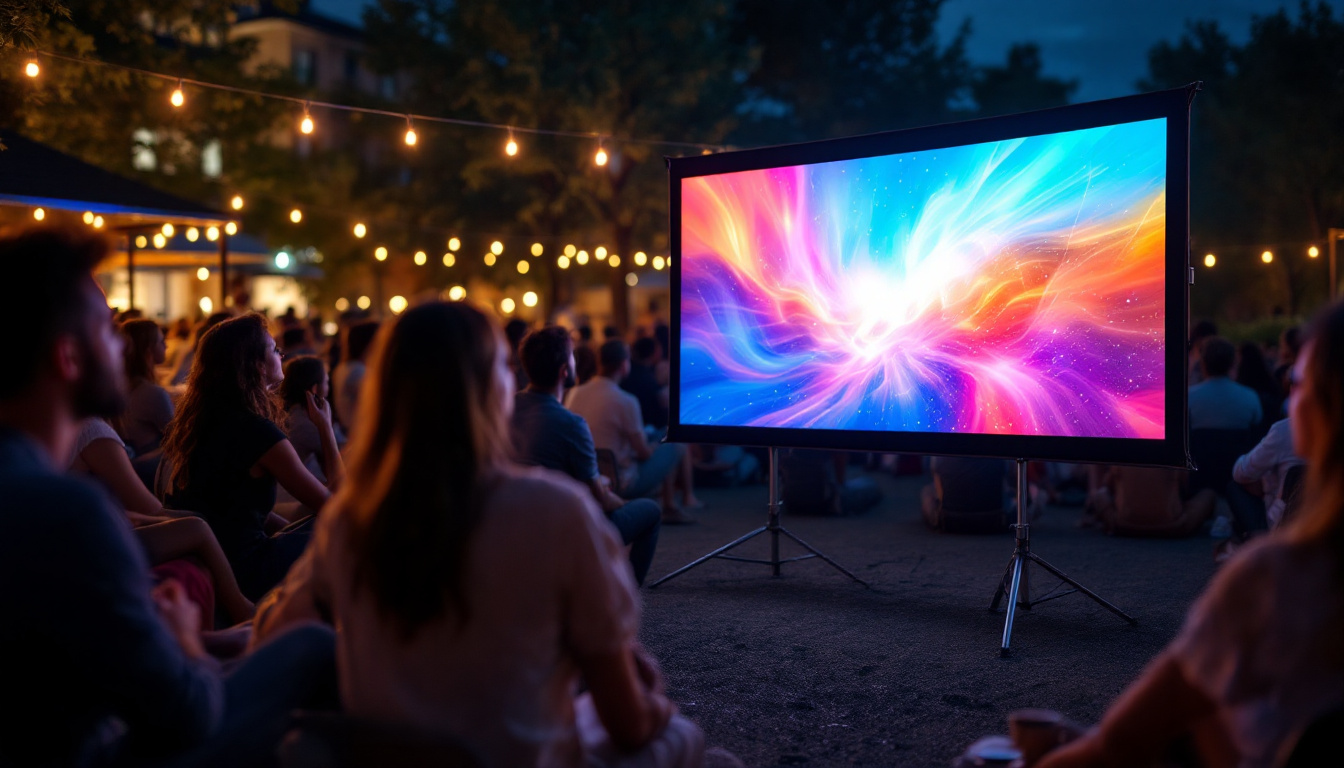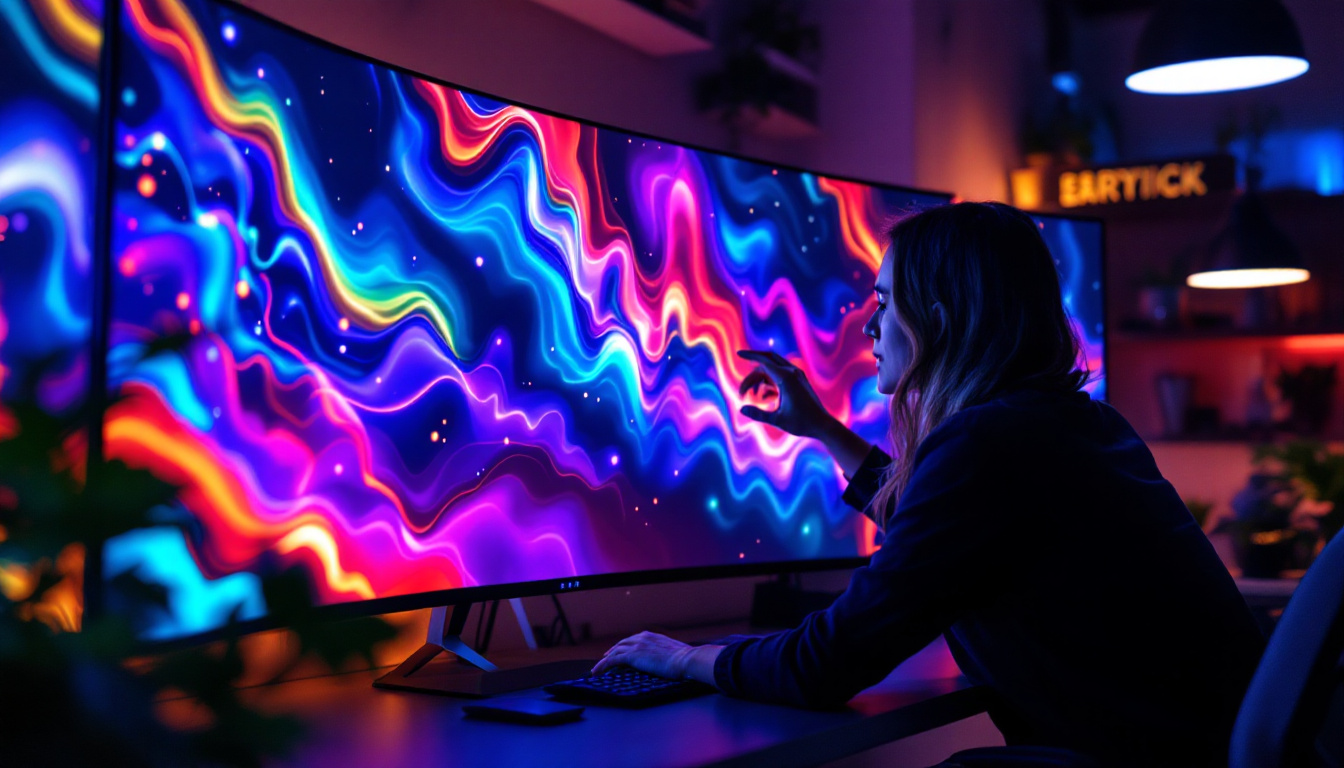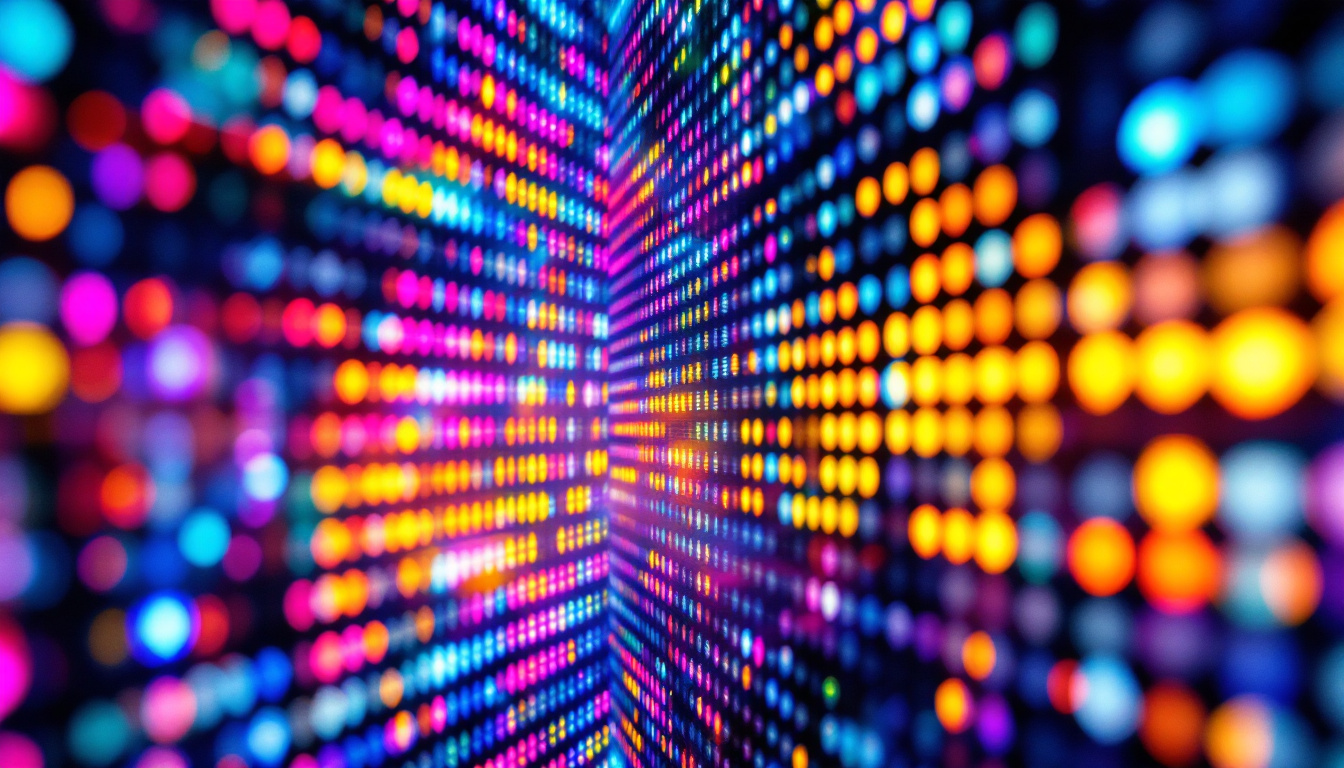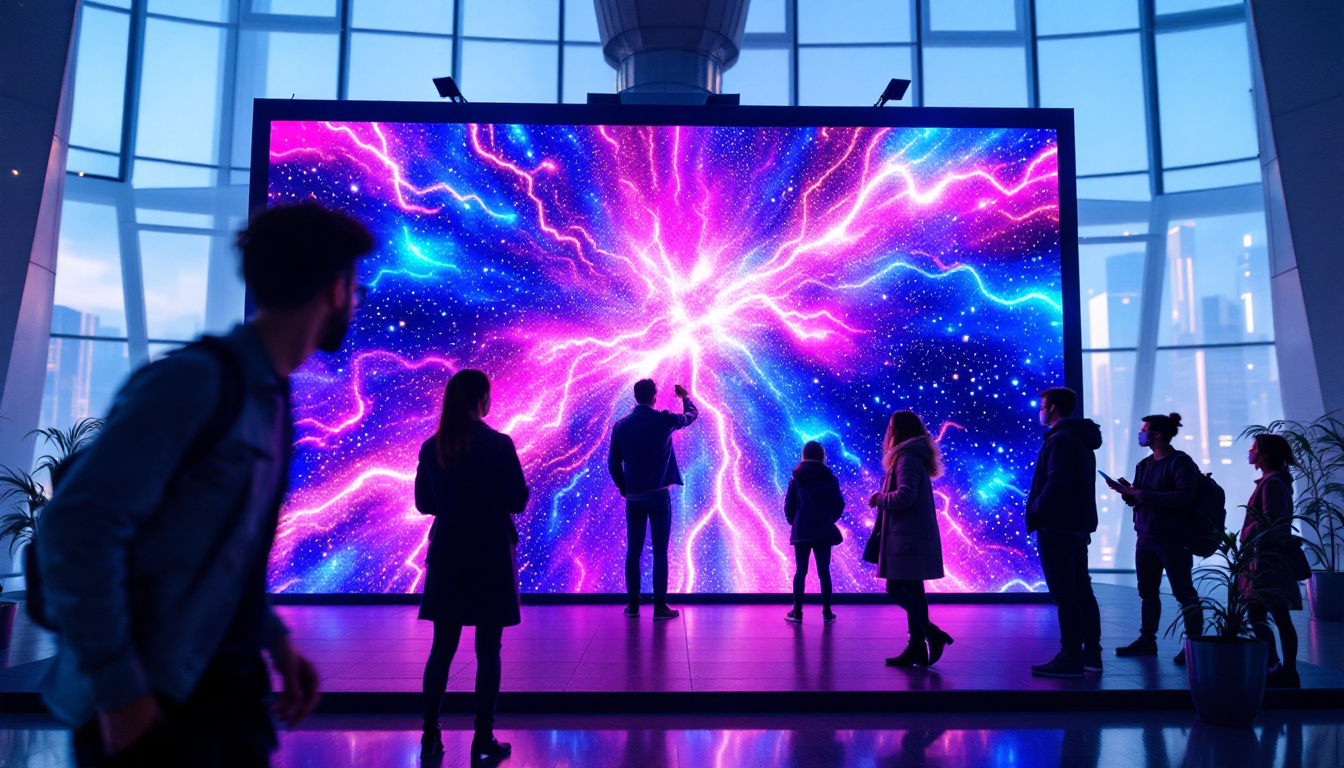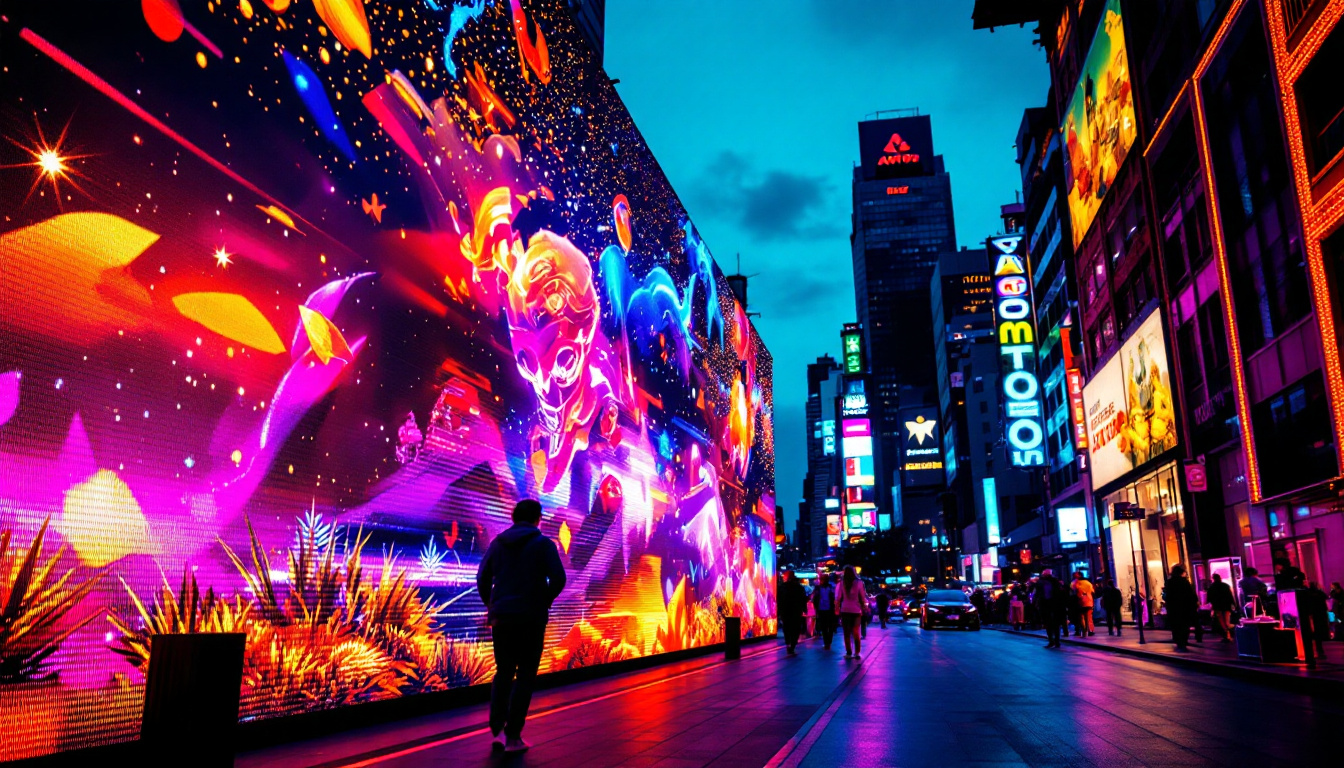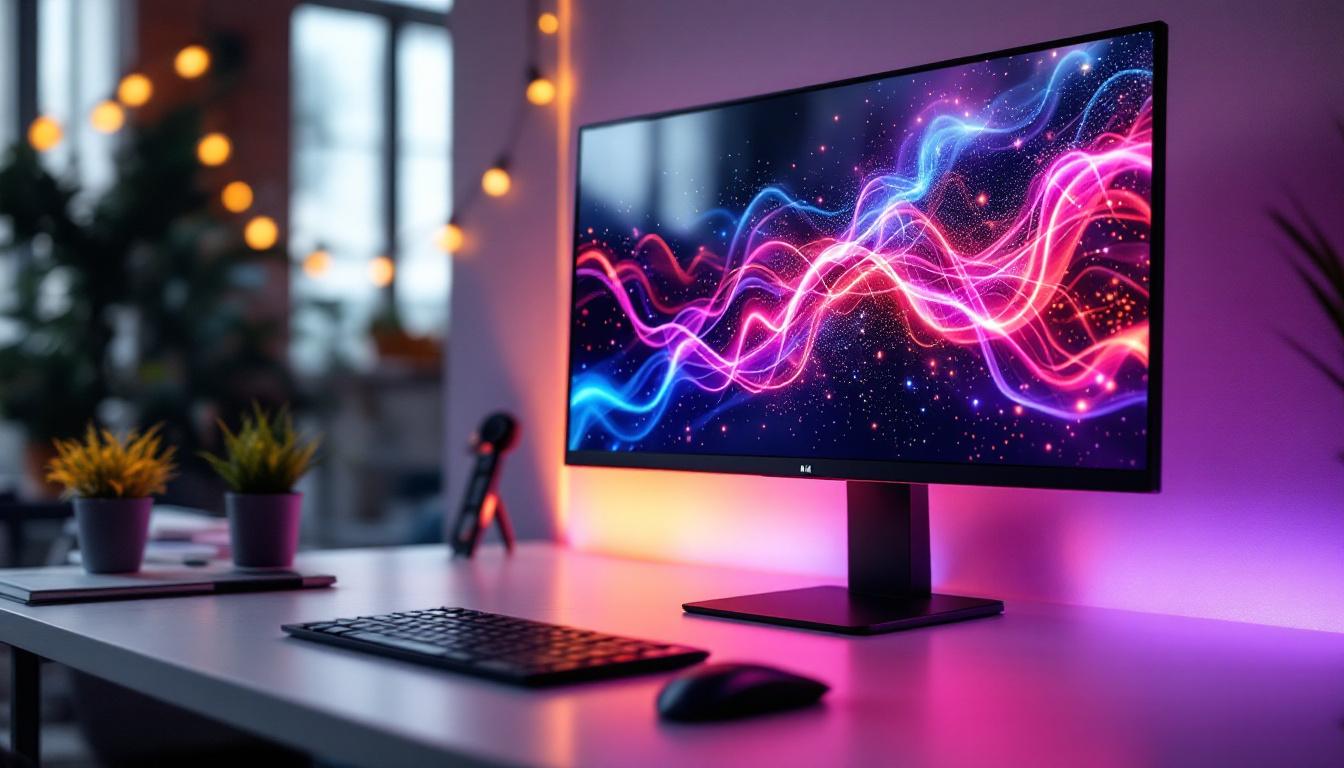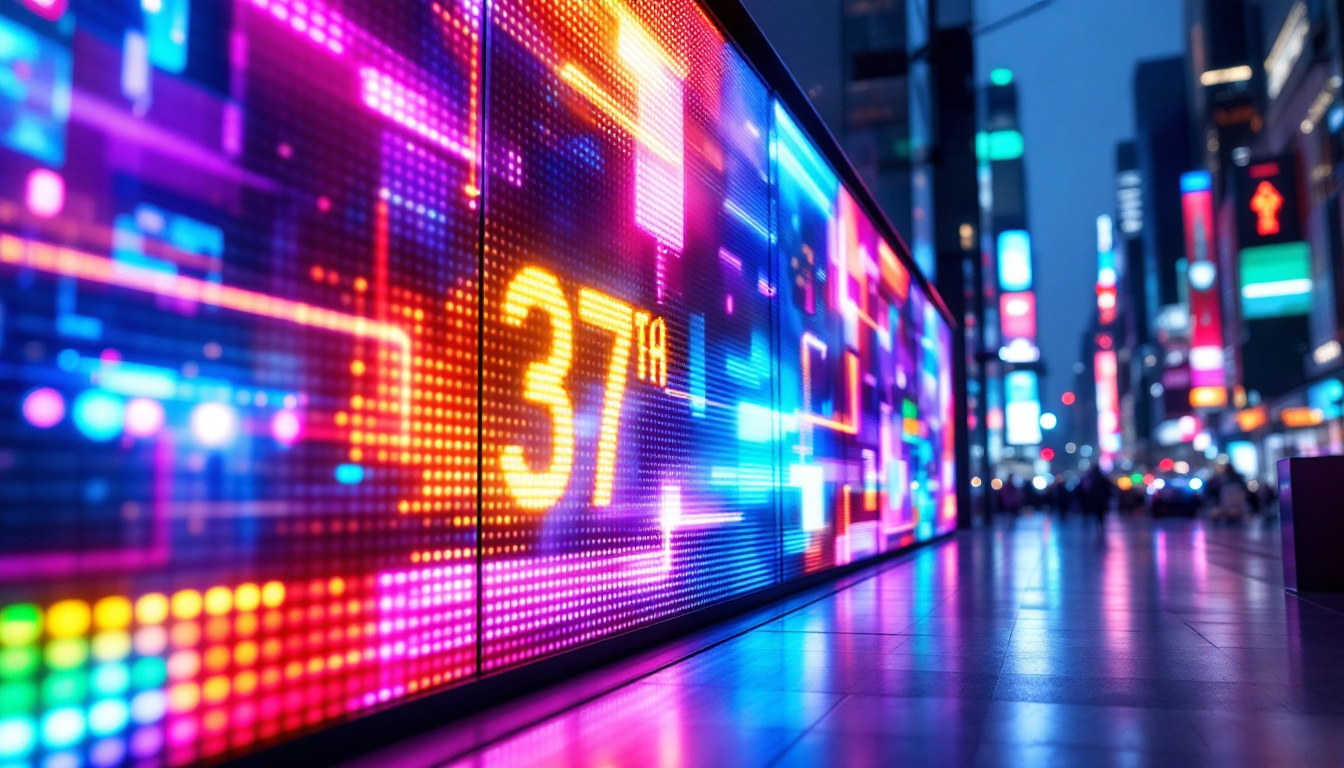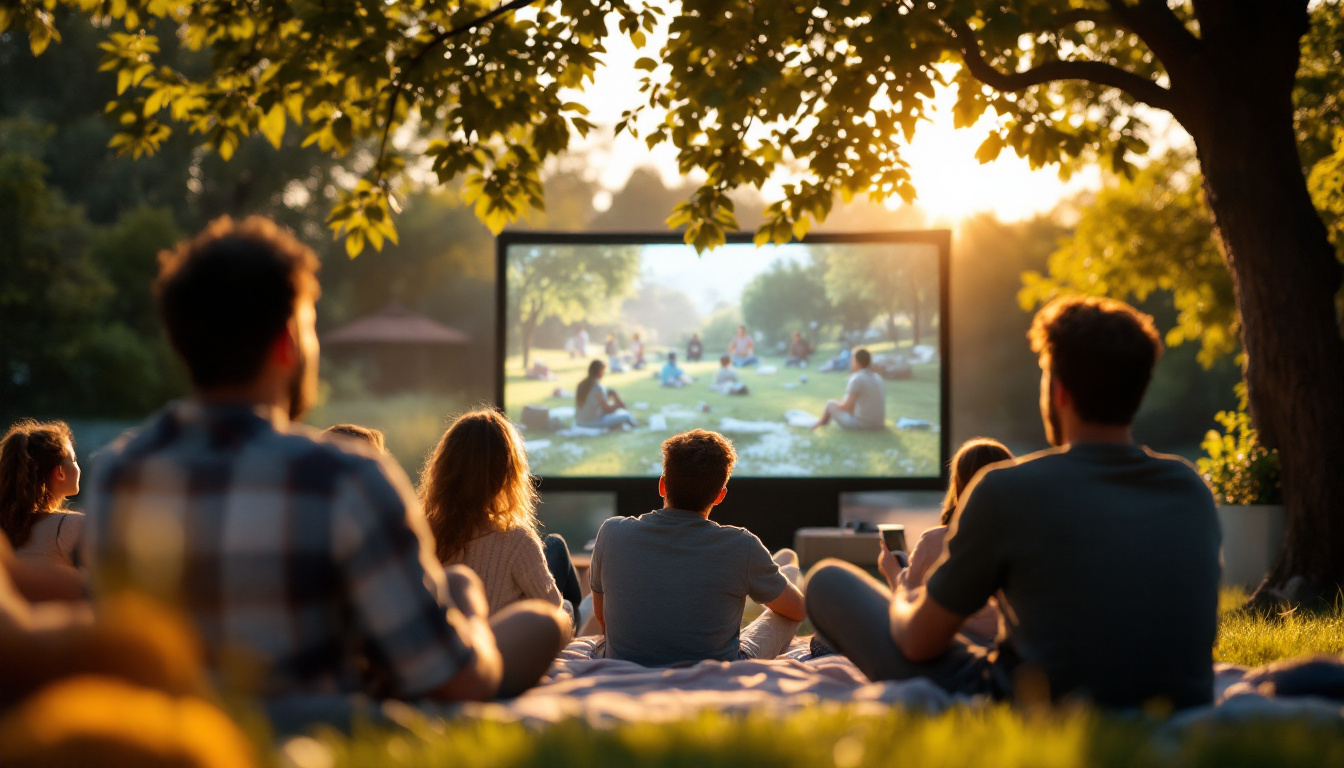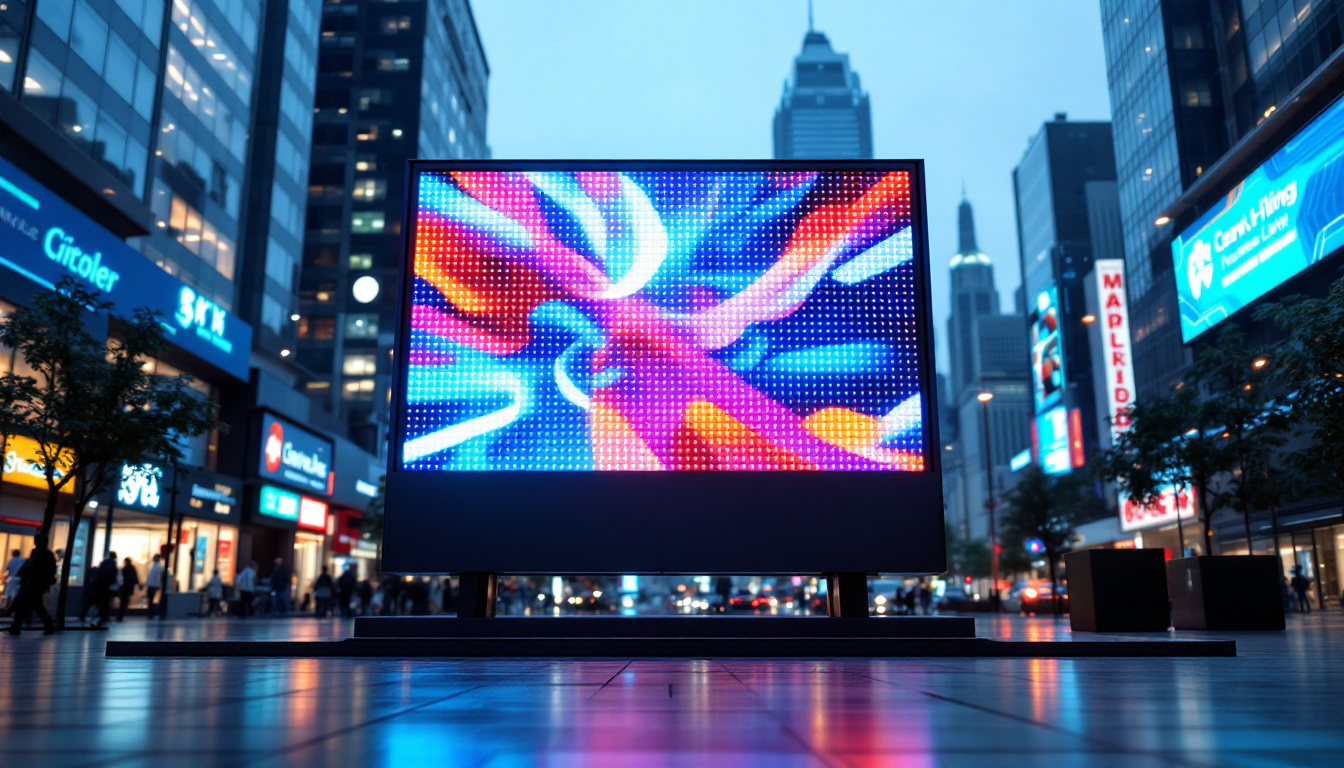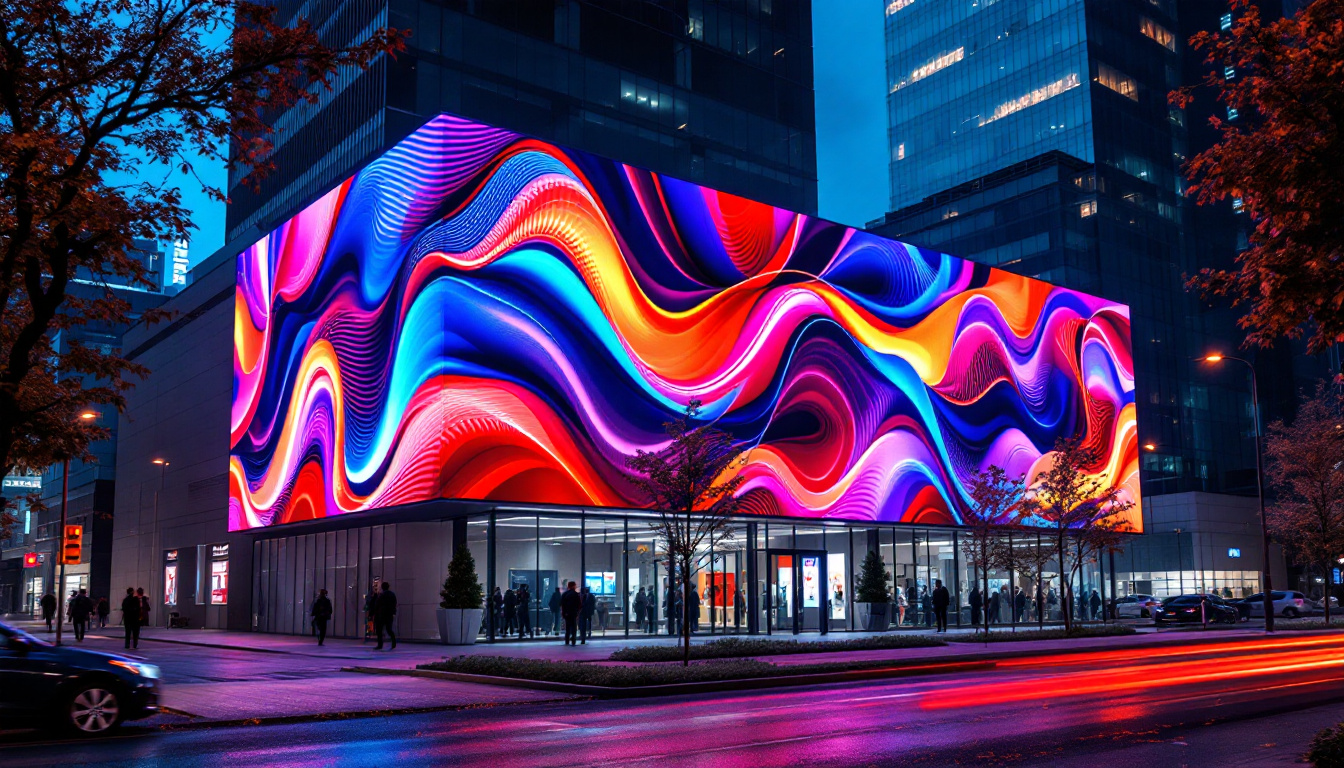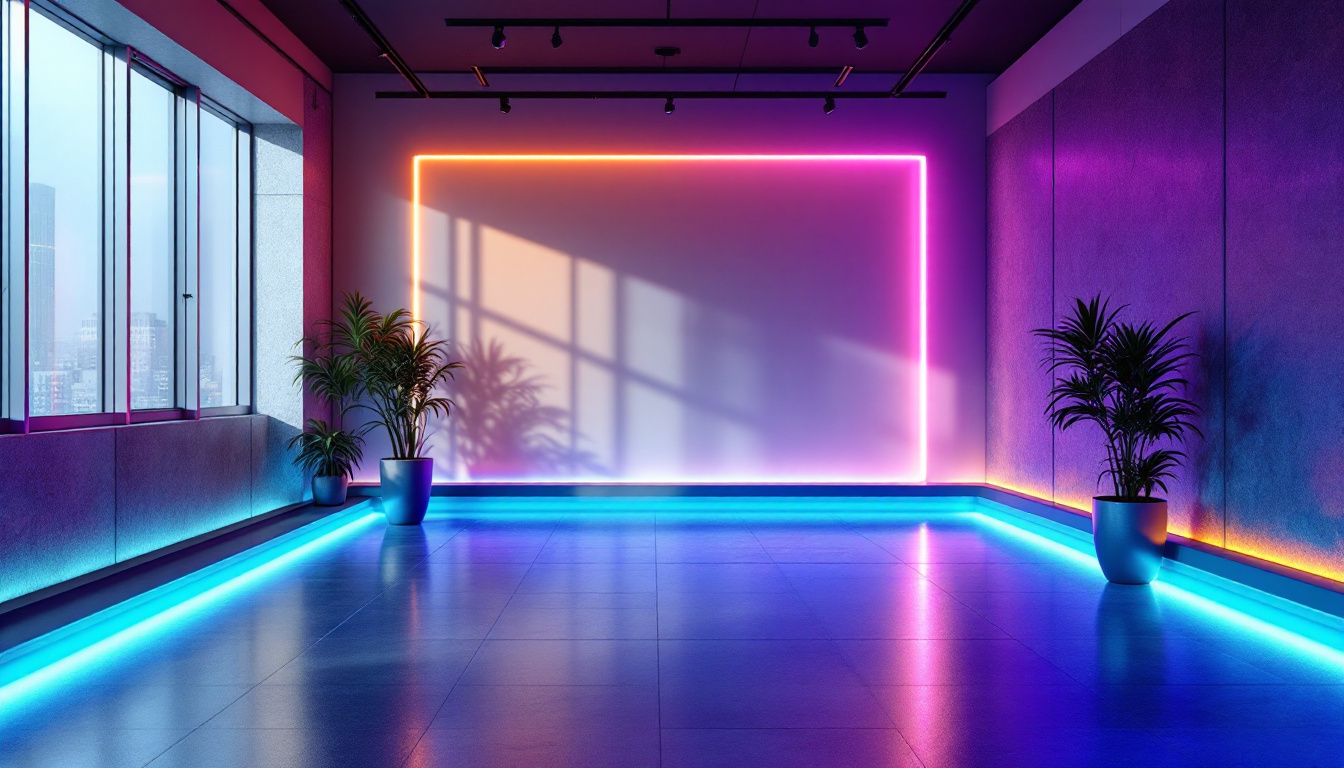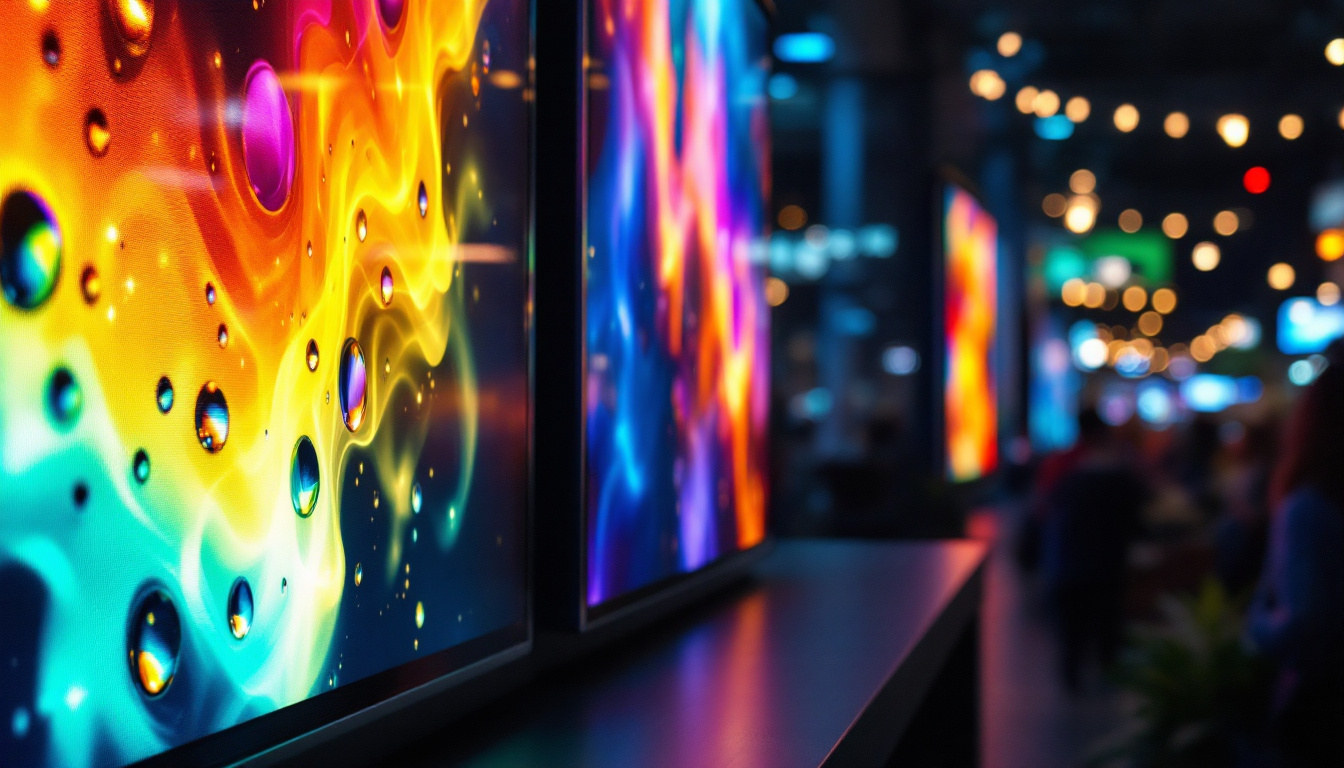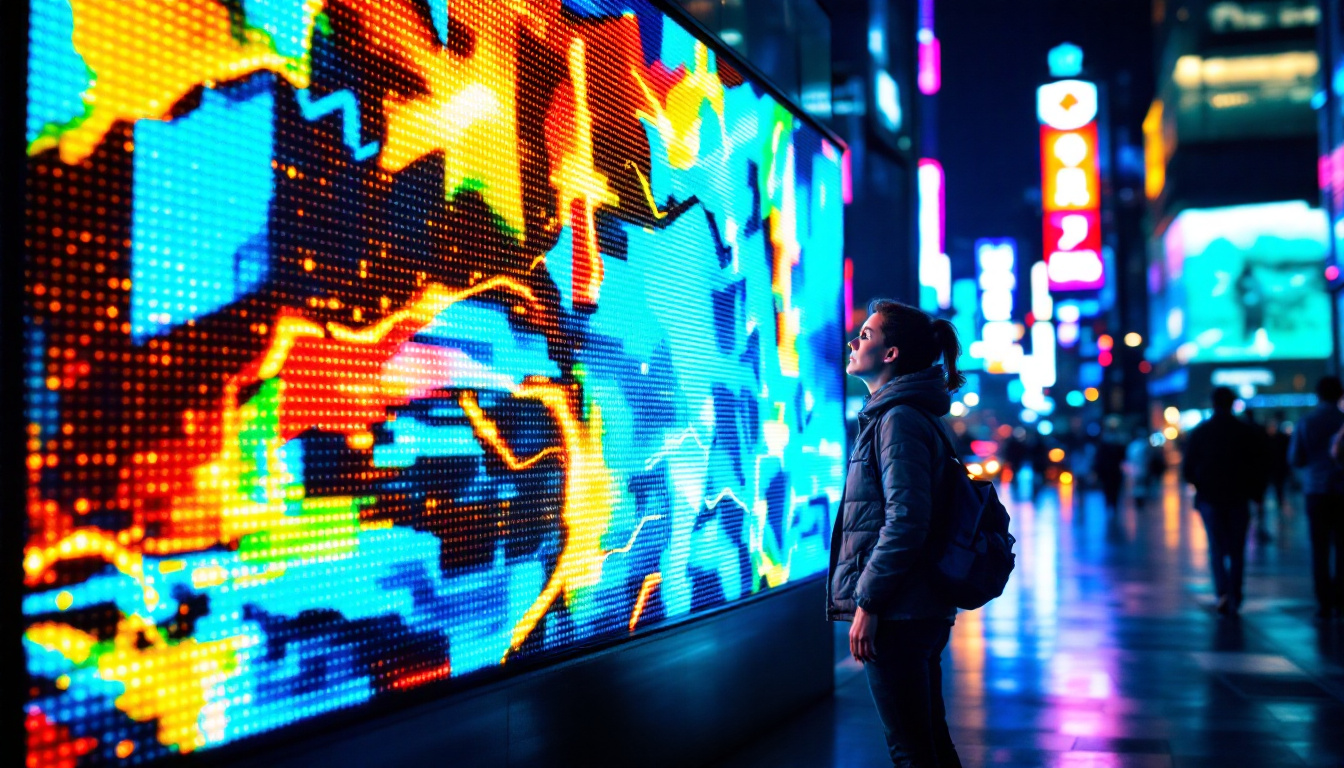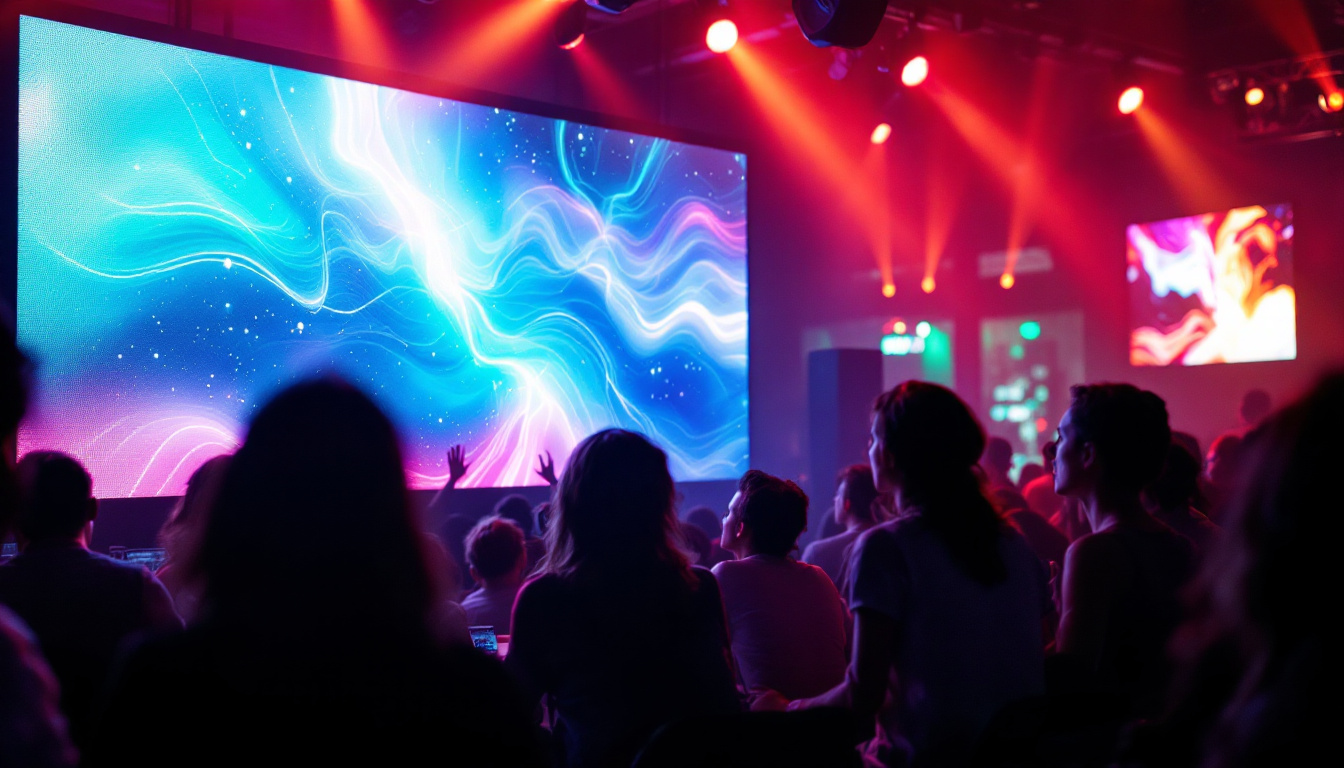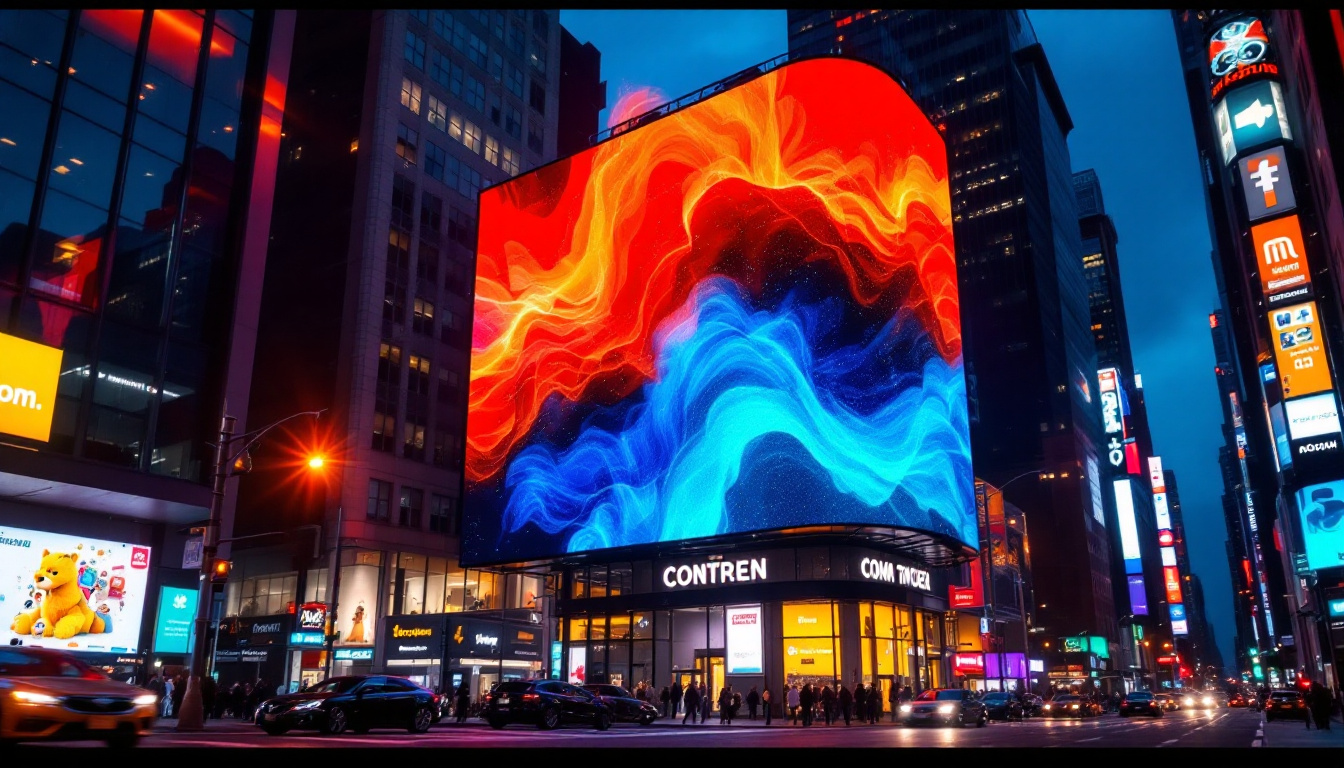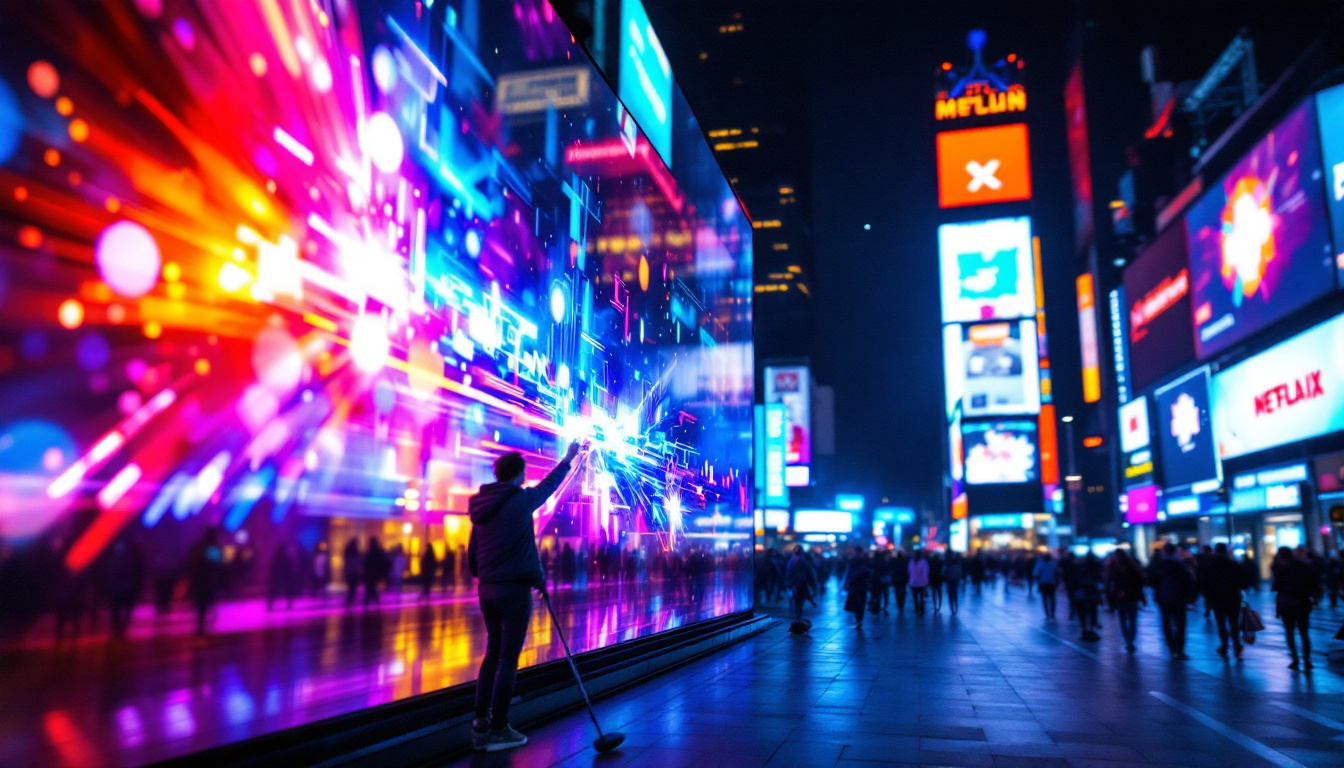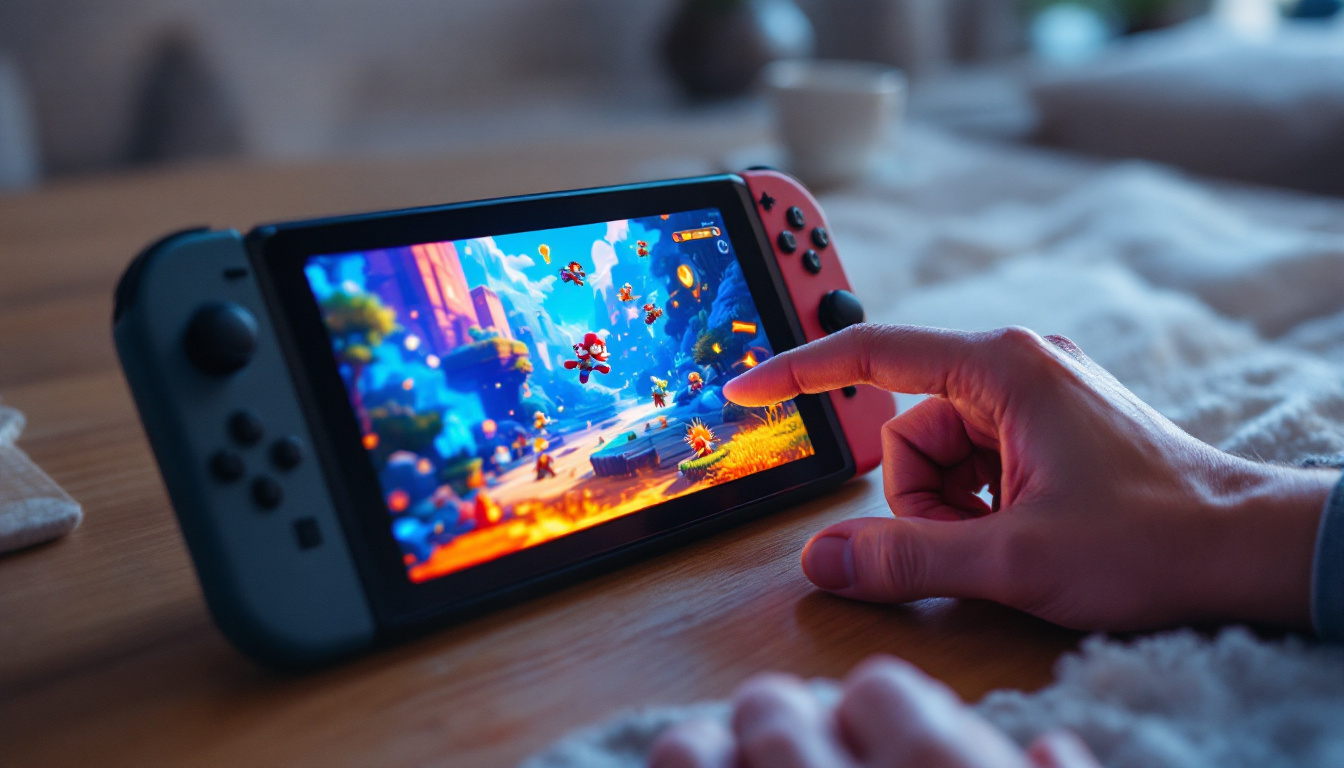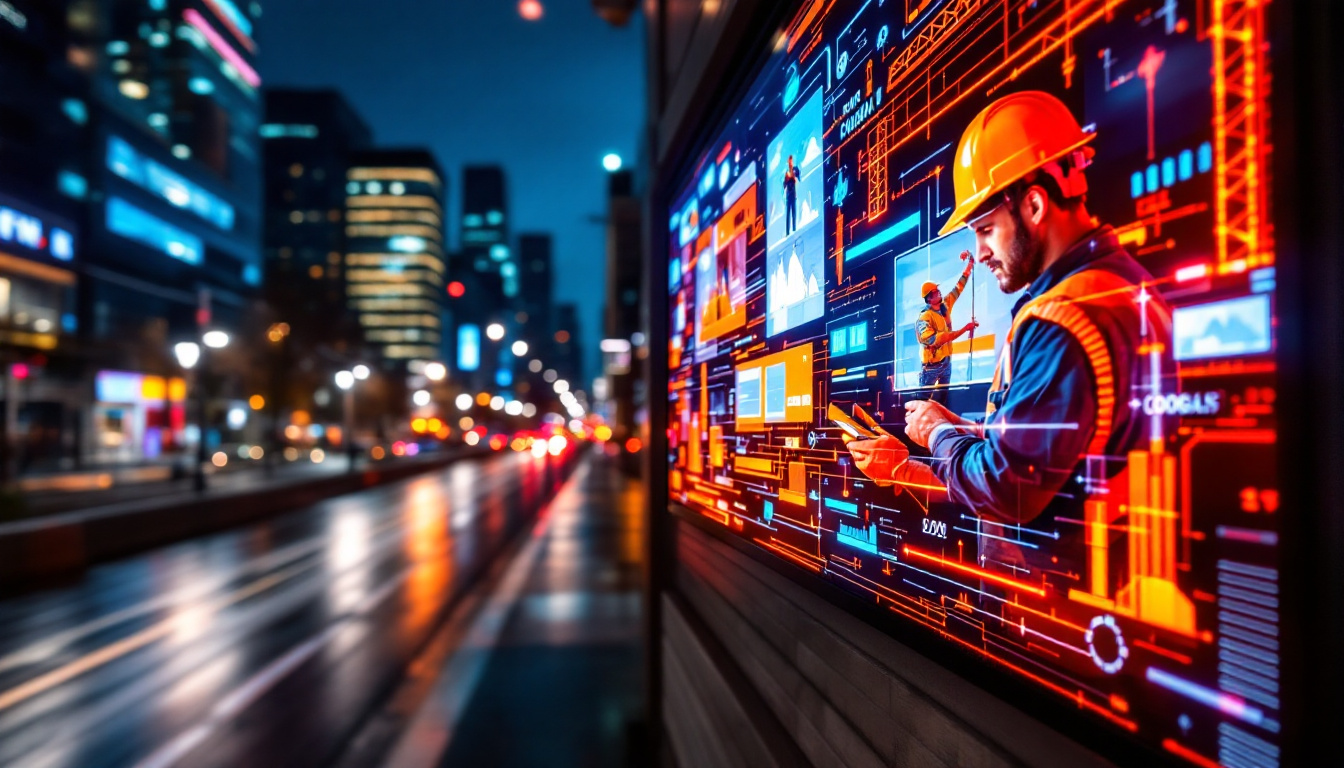The evolution of gym technology has transformed the fitness landscape, enhancing user experience and engagement. Among the most significant advancements is the integration of LED displays in gyms, particularly in spaces like Wall Market Gym. This article delves into the functionality, benefits, and implications of LED displays in a gym setting, providing a comprehensive understanding of their role in modern fitness environments.
Understanding LED Displays in Gyms
LED displays have become a staple in various industries, and the fitness sector is no exception. These vibrant screens serve multiple purposes, from displaying workout metrics to providing entertainment and motivation for gym-goers. Understanding how these displays work and their applications can help fitness enthusiasts maximize their gym experience.
The Technology Behind LED Displays
LED, or Light Emitting Diode, technology has revolutionized how information is presented visually. Unlike traditional LCD screens, LED displays offer brighter images, higher contrast ratios, and greater energy efficiency. This technology allows for dynamic content that can be easily updated, making it ideal for gyms where information needs to be current and engaging.
In a gym setting, LED displays can be used to showcase real-time data such as heart rates, calories burned, and workout durations. This instant feedback is crucial for users aiming to track their progress and stay motivated throughout their sessions. Furthermore, the adaptability of LED technology means that screens can be configured to display various types of content, from instructional videos to motivational quotes, catering to the diverse needs of gym-goers.
Applications of LED Displays in Wall Market Gym
Wall Market Gym utilizes LED displays in various ways, enhancing the overall experience for members. One of the primary applications is in group fitness classes, where screens can display class schedules, instructor information, and even live feedback from participants. This transparency fosters a sense of community and encourages participation.
Additionally, LED displays can be used for promotional purposes, highlighting special offers, new classes, or fitness challenges. This not only keeps members informed but also creates an engaging environment that encourages them to take advantage of available resources. Beyond promotions, these displays can also feature success stories and testimonials from members who have achieved their fitness goals, inspiring others to embark on their own journeys.
Moreover, LED displays can enhance the atmosphere of the gym by integrating with music and lighting systems to create an immersive workout experience. For instance, during high-energy classes, the screens can sync with the beat of the music, displaying vibrant visuals that elevate the intensity of the session. This multi-sensory approach not only makes workouts more enjoyable but also helps in maintaining high energy levels among participants, making them more likely to return for future classes.
The Benefits of LED Displays
Incorporating LED displays into gym environments offers numerous benefits that extend beyond mere aesthetics. These advantages contribute to a more effective and enjoyable workout experience for members.
Enhanced Engagement and Motivation
One of the most significant benefits of LED displays is their ability to engage and motivate gym-goers. Bright, colorful visuals can capture attention and inspire individuals to push their limits. For instance, displaying motivational quotes, success stories, or real-time progress can energize members and encourage them to stay committed to their fitness goals.
Moreover, interactive displays can gamify workouts, allowing users to compete against themselves or others. This competitive element can drive motivation, making workouts more enjoyable and less monotonous. By integrating leaderboards or challenges, gyms can foster a sense of community and camaraderie among members, encouraging them to support one another in achieving their fitness aspirations.
Real-Time Performance Tracking
Real-time performance tracking is another critical advantage of LED displays in gyms. By providing immediate feedback on various metrics, such as heart rate and calories burned, users can adjust their workouts on the fly. This capability is particularly beneficial for high-intensity interval training (HIIT) sessions, where monitoring performance is essential for maximizing results.
Furthermore, trainers can use these displays to guide classes, ensuring that participants are maintaining the correct intensity levels. This real-time interaction enhances the overall effectiveness of training sessions, leading to better outcomes for members. Additionally, the ability to visualize progress over time can be a powerful motivator, as users can see their improvements in metrics like endurance and strength, reinforcing their commitment to their fitness journey.
Incorporating LED displays also allows for the integration of personalized workout plans. By syncing with fitness apps or wearables, these displays can show tailored routines based on individual goals and performance data. This personalized approach not only enhances user experience but also fosters a deeper connection between members and their fitness journey, making each workout feel more relevant and impactful.
Design Considerations for LED Displays
While the benefits of LED displays are clear, several design considerations must be taken into account to ensure their effectiveness in a gym environment. Proper placement, size, and content strategy are crucial elements that can significantly impact user experience.
Optimal Placement
The placement of LED displays is vital for maximizing visibility and engagement. Screens should be positioned in high-traffic areas where they can easily catch the attention of gym-goers. For example, placing displays near workout stations or group class areas ensures that users can see and interact with the content while exercising.
Additionally, it is essential to consider the sightlines of the displays. Screens should be at an appropriate height and angle to ensure that all members, regardless of their height or position, can view the information without straining. This might mean mounting screens at eye level or slightly above, depending on the layout of the gym. Furthermore, using multiple smaller displays rather than one large screen can help distribute information across different areas, ensuring that no one has to turn their head too far to catch important updates or announcements.
Content Strategy
Developing a robust content strategy is equally important for the success of LED displays in gyms. The content should be relevant, engaging, and updated regularly to maintain interest. This can include workout tips, nutrition advice, and success stories from other members.
Moreover, incorporating interactive elements, such as polls or challenges, can further enhance engagement. By allowing members to participate actively, gyms can foster a sense of community and encourage a more immersive experience. For instance, displaying a leaderboard for fitness challenges can motivate members to push their limits while also creating a friendly competitive atmosphere. Additionally, integrating real-time social media feeds can keep the content fresh and relatable, showcasing members’ achievements and gym events, thus building a stronger connection between the gym and its community.
Challenges and Considerations
Despite the numerous advantages of LED displays, there are challenges and considerations that gyms must address to ensure successful implementation. Understanding these challenges can help facilities make informed decisions about their investment in technology.
Cost of Implementation
The initial cost of purchasing and installing LED displays can be significant. Gyms must weigh the potential benefits against the investment required. However, it is essential to consider the long-term advantages, such as increased member retention and satisfaction, which can ultimately offset the initial expenditure.
Additionally, ongoing maintenance and content updates should be factored into the budget. Ensuring that displays remain functional and relevant requires a commitment to continuous investment.
Technical Issues
Like any technology, LED displays can experience technical issues. From software glitches to hardware malfunctions, these problems can disrupt the user experience. To mitigate these risks, gyms should invest in reliable equipment and establish a maintenance plan to address potential issues promptly.
Training staff to troubleshoot common problems can also enhance the reliability of LED displays, ensuring that they remain a valuable asset in the gym environment.
The Future of LED Displays in Fitness
The future of LED displays in fitness is promising, with advancements in technology continually reshaping how gyms operate. As the fitness industry evolves, so too will the applications and functionalities of LED displays.
Integration with Wearable Technology
One exciting trend is the integration of LED displays with wearable technology. As more individuals use fitness trackers and smartwatches, the ability to display real-time data from these devices on gym screens will enhance the workout experience. This integration can provide users with a comprehensive view of their performance, allowing for more personalized training sessions.
Furthermore, this connectivity can foster a sense of community among gym-goers, as individuals can share their achievements and progress in real-time, encouraging others to strive for their fitness goals.
Personalized Content Delivery
As data analytics and artificial intelligence continue to advance, gyms may be able to deliver personalized content to members through LED displays. By analyzing user preferences and workout history, gyms can tailor the information displayed to each individual, creating a more engaging and relevant experience.
This level of personalization can enhance member satisfaction and loyalty, as individuals feel more connected to their fitness journey and the gym community.
Conclusion
In conclusion, LED displays have become an integral part of the modern gym experience, particularly in facilities like Wall Market Gym. Their ability to enhance engagement, provide real-time performance tracking, and foster a sense of community makes them a valuable asset in any fitness environment. While challenges exist, the benefits far outweigh the drawbacks, and the future of LED displays in fitness looks bright.
As technology continues to evolve, gyms must stay ahead of the curve, embracing innovations that enhance the member experience. Investing in LED displays is not just about keeping up with trends; it’s about creating a dynamic, engaging, and motivating environment that empowers individuals to achieve their fitness goals.
Illuminate Your Fitness Journey with LumenMatrix
Ready to elevate your gym’s atmosphere and member experience? Discover the transformative power of LumenMatrix’s LED display technology. As a pioneer in the industry, LumenMatrix offers a wide range of innovative solutions, from Indoor and Outdoor LED Wall Displays to specialized LED Sports and Floor Displays, designed to captivate and motivate. Embrace the future of fitness with displays that provide real-time performance tracking and create immersive environments. Check out LumenMatrix LED Display Solutions today and redefine the way your members engage with their workouts.

